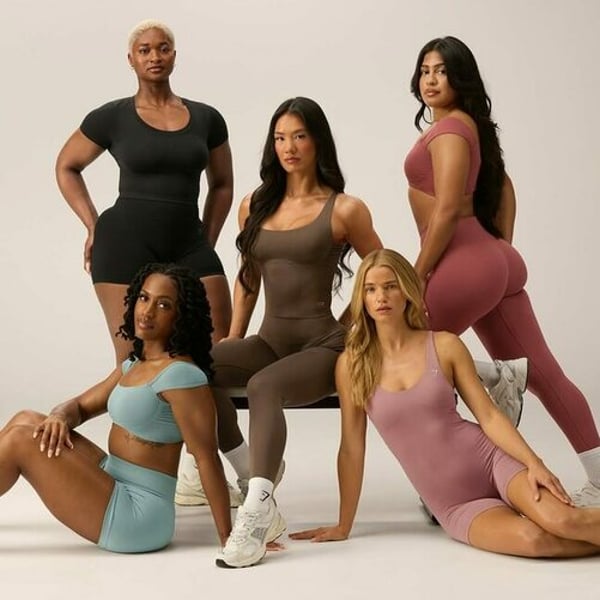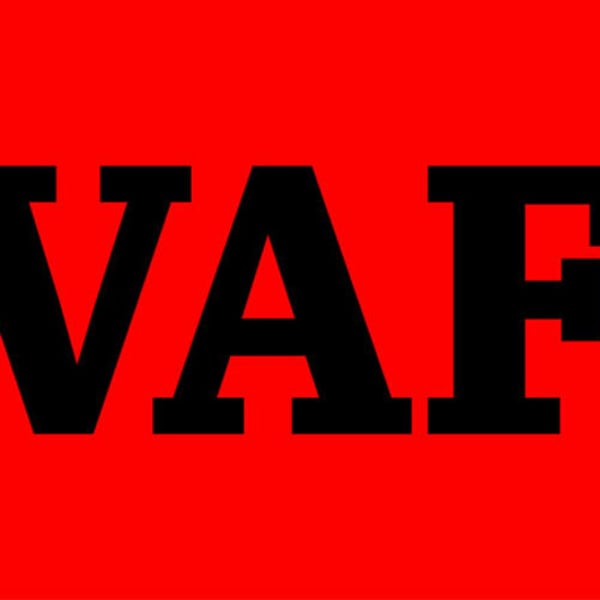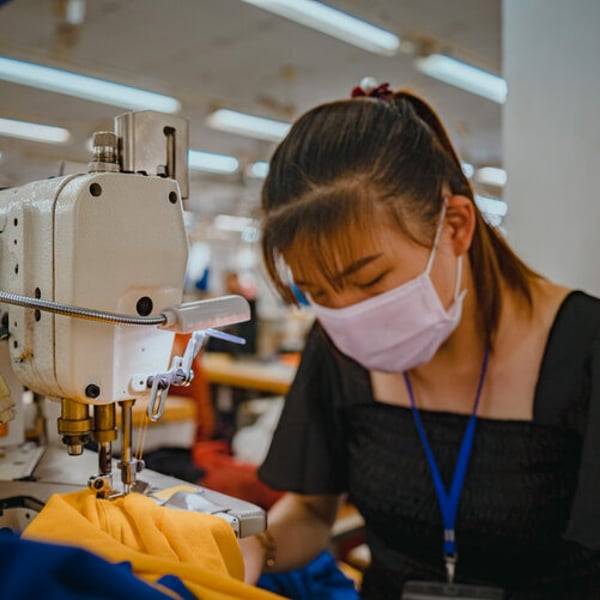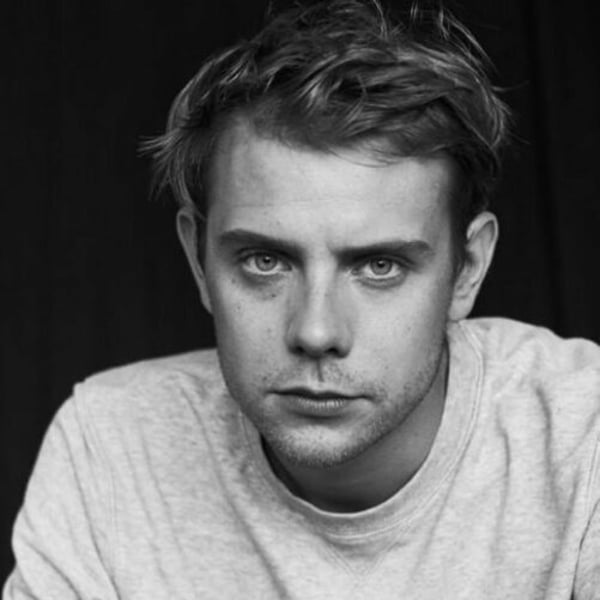A new study has highlighted how ‘challenger’ activewear brands are winning out on social media, often beating the big names of the sports biz in their ability to reach consumers.
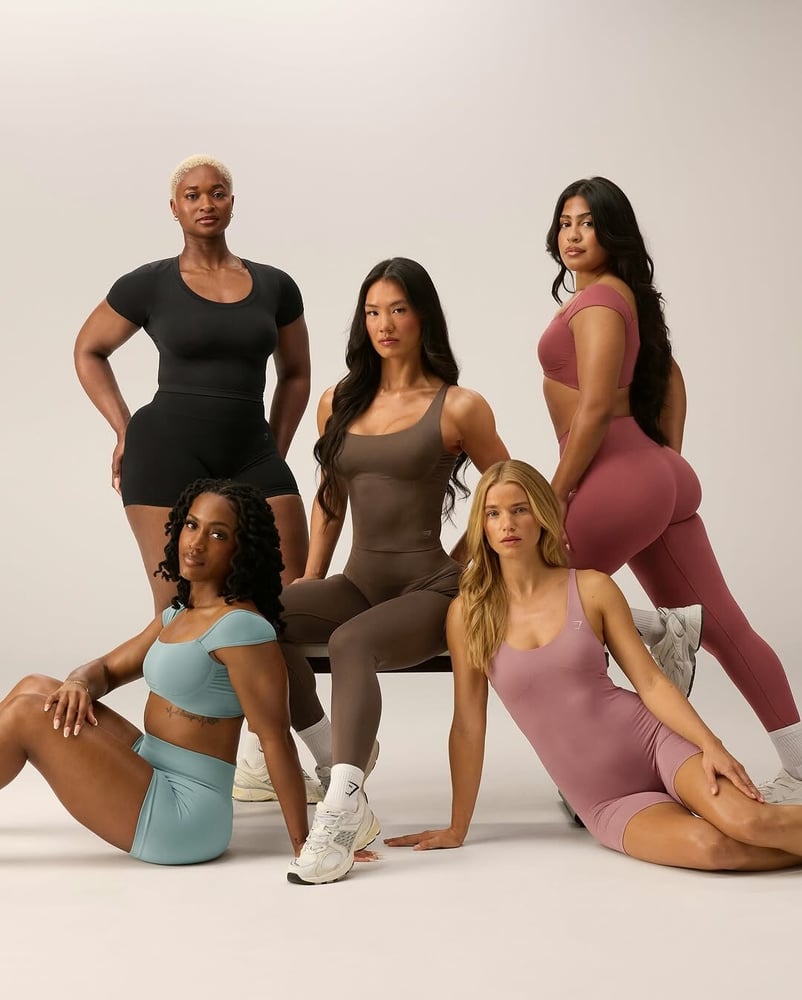
Global influencer and social intelligence platform WeArisma has launched its Sports and Athleisure 2025 State of Influence report and called out names like Gymshark and TALA.
It named Gymshark, one of the UK’s fastest-growing companies, as being among social media’s favourite activewear brands globally, explaining that its “community-led engagement strategy has generated influencer content that garnered over 907.3 million engagements, outshining heritage labels Adidas and Nike”.
The brand’s influencer content blends fitness conversation, comedy, challenges and training advice “to foster authentic relationships between fitness creators and their audiences”. This has driven increases of 62% in Earned Media Value (EMV), 92% in impressions and 174% in engagements year on year.
WeArisma hailed its “authentic influencer content that appeals strongly to target audiences” and said its so-called Resonance score shows that 29% of consumers who saw influencer content about the brand interacted with it, compared to an 11% industry average. Neither Adidas nor Nike ranked in the top 10 brands generating the most Resonance.
It also said influencer Grace Beverley’s TALA, is one of only two sports and athleisure brands to achieve WeArisma’s top Virality Grade, which assesses the extent to which an influencer’s content spreads beyond their immediate audience. Its branding and influencer content “appeals to younger generations who are seeking apparel that blends style and performance to suit their active lifestyles”.
The report added that “as an influencer-owned business, TALA exemplifies how engaged audiences boost social media presence”.

Running shoes brand On is another fairly young label that makes the most of influencer content. “On’s work with Zendaya goes beyond a standard influencer endorsement as the star is contributing to the brand’s long-term aesthetic direction and leading an aspirational movement, which generated $11 million in EMV in the 12 months from December 2023,” WeArisma said.
But some more established labels are also adept in the area with WeArisma calling out FILA and Lululemon as they “also harness Gen Z influencers to promote this trend and increase reach”.
Influencer content about FILA, fuelled by Zhao Lusi and Jackson Lee, “has driven 320 times more engagement and 42 times more impressions than the brand’s own content”. And influencer content about Lululemon has generated 19 times more EMV than brand accounts.
So does that mean it’s game over for the big players like Nike and Adidas? Not really. They’ve made the most of collabs with luxury brands that are capitalising on the appetite for high-performance clothing to cross into the sports and athleisure sector. Collabs such as Nike x Jacquemus, Adidas x Avavav and Nike x Kim Kardashian for NikeSKIMS have made a big impact.
And both Nike and Adidas “dominate conversation around sporting events”, we’re told.
Events — such as the Paris Olympics last year — are hugely important marketing opportunities for them. For instance, at that event, Adidas launched ‘Home of Sport’ on the Champs-Élysées and Pharrell Williams wore Adidas trainers during the torch relay. Meanwhile, Nike debuted Olympics uniforms and AI-generated sneakers supported by content from athletes, Serena Williams, Sha’Carri Richardson and Kylian Mbappé.
And there are plenty more opportunities. The Winter Olympics may not be until next year but brands will be working with influencers around the growing interest in women’s sports as the Women’s Euros, Women’s Rugby World Cup and Women’s Cricket World Cup.
Copyright © 2025 FashionNetwork.com All rights reserved.




